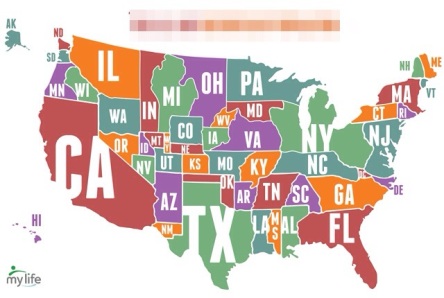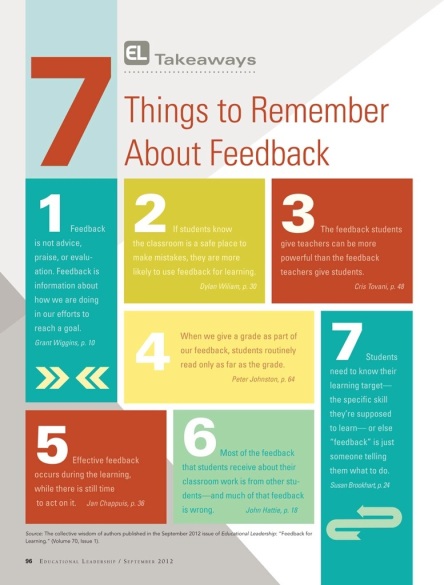About a month ago, Christopher Danielson offered up a challenge to white educators to listen more and talk less. Specifically, we should be listening often to students/teachers/people of color and the privilege of being a white american that they do not have the opportunity to enjoy. I took Danielson’s advice and began to really listen intently to these voices. This blog post is how my listening will impact my teaching practice.
My family upbringing did not include overt racism, and my parents instilled values that included kindness to all. I was confident growing up (and still am today) that my father worked very hard in order to financially secure his family. His beginnings weren’t humble, as most would define the term, but coming from a family with 4 children, earning a C average in high school and attending the only college that would accept him weren’t great indicators of the kind of financial well-being that he has achieved. My mother grew up in a household which included an alcoholic father and a co-dependant mother. Her resilience allowed her to escape the dysfunction of her upbringing and earn a college degree. So my conclusion was: My family isn’t racist, my parents worked hard to get where they are in life, so anyone (white or black) should be able to do the same. If they don’t, the problem must be individual. After all, not all white people discriminate against black people.
Then I began to listen. And with that listening came a fuller understanding and acknowledgement of my white privilege and the institutional racism that still affects people of color today. For example, I listened to Jose Vilson, whose book This is Not a Test explores the effect that race has on school and teacher quality. His personal narrative allowed me to fully immerse myself into the issues of equality (or lack there of) that plague our inner-city schools.
I listened to Melinda D. Anderson whose unapologetic, relentless support for students and educators of color opened my eyes to how racism is treated as a thing of the past in our country but is a present day dilemma for people of color. Her voice has helped me to recognize that black students disproportionately attend high poverty schools making segregation a 2014 issue, not a 1954 one.
I listened to Ta-Nehisi Coates whose monumental article The Case for Reparations challenged me to recognize that black americans may have equal opportunities in our country, but their access to those opportunities is anything but equal. I listened to an hour long interview he did with Vox and one of the most powerful messages I received was this: Our country had a 250-year policy of slavery plus another 100 years of downright discriminatory, racist laws. We’ve spent the last 50 years trying to repair it, with many policy makers still not acknowledging that there was anything to repair in the first place. So Coates asks, if a country spends 350 years seriously mistreating a particular culture and then 50 years sort of trying to fix it, where would you expect that culture to be socio-economically?
I also listened to this: “Sixty-Three percent of Americans believe ‘blacks who can’t get ahead are mostly responsible for their own condition.'” And for the first time in my life I profoundly disagreed with that statement. The very idea that blacks ‘who can’t get ahead’ would choose irresponsibility purposefully, over and over again, doesn’t make sense to me. There are many reasons I find this belief held by a majority of Americans to be lunacy, but one in particular that is close to my heart is education. As George Washington Carver stated, “Education is the key to unlock the golden door of freedom.” How do we expect black students to earn that key to freedom when inequality continues to play a key role in schooling opportunities? Is education a great equalizer when blacks are wildly disproportionately educated in schools that don’t measure up?
And I continue to listen. The National Association for Multicultural Education published interviews with teachers of color which help white teachers like me “work more effectively and respectfully” with students of color:
- Listen to teachers of color
- Examine white privilege
- Be honest about your knowledge of a culture
- Clarify your purpose for teaching
- Challenge your students rather than pity them
- Be resilient
(Multicultural Perspectives 9(1), 3-9, 2007)
I want to continue to listen because by listening so far, I have been able to learn. As a white person, I do not experience judgements based on my race, which is why it is so vital that I keep listening to those who do.
































